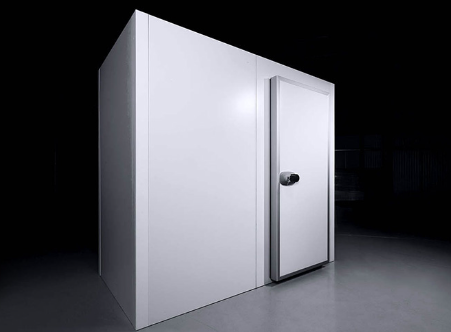The construction industry is evolving rapidly, and with these changes come shifts in the cost of builders. Predicting expense patterns for 2025 requires a closer look at current trends, economic projections, and material costs that influence the market.
Labor Costs on the Rise
One of the primary factors contributing to builder expenses in 2025 is projected labor cost inflation. According to industry forecasts, the average construction worker wage may increase by 4-6% annually due to ongoing labor shortages. The National Association of Home Builders reported a 23% increase in builder wages from 2020 to 2023, showing how competitive the market has become. If these patterns hold steady, hiring skilled builders will remain one of the most significant expenditures for construction projects in 2025.
Material Costs in Flux
Material prices are another critical component of builder expenses. The last decade has seen fluctuations in key materials such as lumber, steel, and concrete. Post-2023 reports from the U.S. Bureau of Labor Statistics indicated a 30% spike in lumber prices, driven by supply chain disruptions and high demand. While stabilization is anticipated over the next couple of years, experts predict that concrete and fuel-related building materials will experience a 10-15% price surge due to global energy policy shifts.
Technology’s Growing Impact
Technological advances are also shaping builder costs. Construction firms are increasingly investing in AI-powered project management tools and automated machinery, which offer long-term efficiency gains. However, the upfront implementation costs for these technologies are often passed on to clients. A 2023 McKinsey report revealed that nearly 40% of firms adopting construction tech saw project-level cost increases averaging 15%. By 2025, these early investments might level out for larger firms, but smaller contractors could continue to impose technology surcharge fees across contracts.
Regional Variances and Permits
Location significantly affects builder pricing. Urban areas with dense populations often mean higher permits, zoning costs, and labor premiums. For instance, cities like New York and Los Angeles charged an average of $12,000 in construction permit fees in 2023 compared to the $6,000 national average. These regional discrepancies are projected to widen further due to stricter environmental regulations and greater urban demand.
Final Thoughts
Hiring builders in 2025 will demand careful consideration of the ongoing labor, material, and regional factors impacting costs. Securing reliable and transparent estimates early in your project planning will be crucial. Keep an eye on market forecasts and local trends to ensure a well-informed decision-making process.
Breaking Down the Cost of Builders: What to Expect in 2025
Categories:

